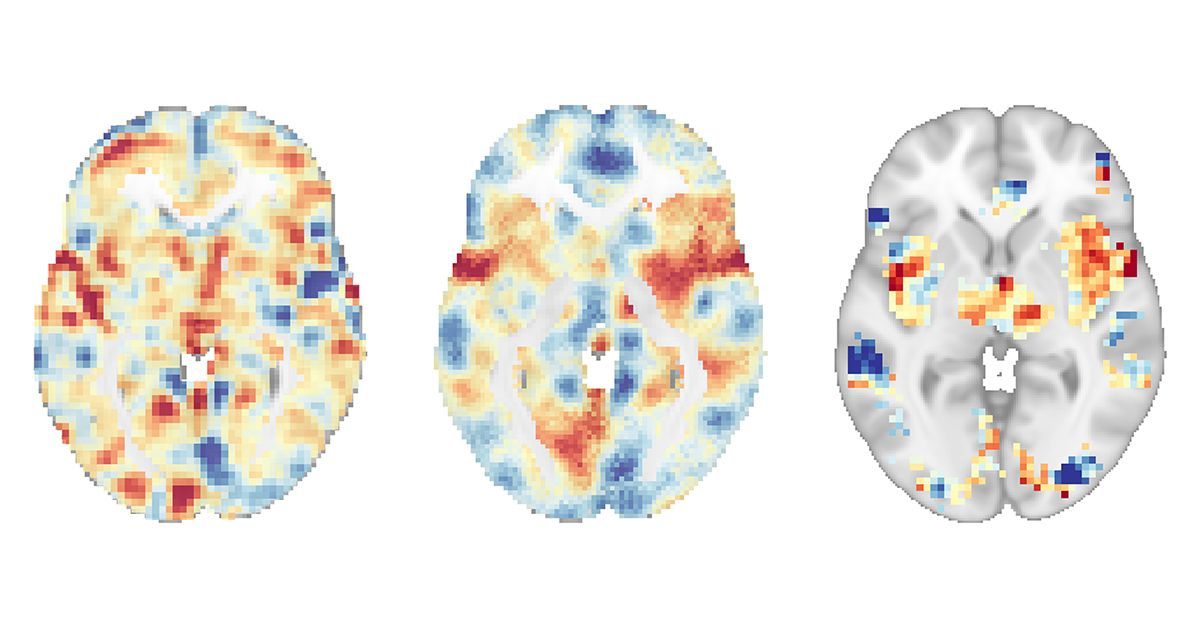Have you ever wondered if there’s a way to manage your pain without relying on medications or physical interventions? It can be incredibly frustrating to manage chronic pain with treatments that offer limited effectiveness or come with unwanted side effects. Fortunately, recent research has brought some illuminating insights into alternative methods of pain relief, specifically through the practice of mindfulness meditation.

Meditation Offers Genuine Pain Relief, Study Finds
The Genesis of Mindfulness Meditation
Mindfulness meditation, rooted in ancient Hindu and Buddhist traditions, has gained significant traction in Western cultures since the 1970s. This contemplative practice involves sustaining awareness of sensory events as they occur without judgment or resistance. It’s an approach that has intrigued scientists and laypeople alike, leading to extensive research into its benefits and mechanisms.
The Power of the Mind in Pain Management
Pain is not just a physical sensation; it is deeply intertwined with our mental state. Anesthesiologist Fadel Zeidan from the University of California San Diego (UCSD) explains that understanding how the mind can be harnessed for pain management is still a burgeoning field. By separating pain from the self and relinquishing evaluative judgment, mindfulness meditation alters the experience of pain in a way that is drug-free, cost-effective, and accessible anywhere.
Investigating the Effects of Meditation on Pain
Researchers aimed to determine whether the pain-killing effects of mindfulness meditation were genuine or merely a placebo effect. To achieve this, they carried out a rigorous study involving 115 healthy participants split across two clinical trials.
Methodology of the Study
Participants experienced painful stimuli on the back of their right calf using a heated probe. Their brains were scanned using MRI before and after the experiments, and they rated their pain intensity and unpleasantness on a 0–10 pain scale.
Groups in the Study
- Mindfulness Meditation Group: Trained by experienced instructors in mindfulness meditation through four separate, 20-minute sessions.
- Sham-Mindfulness Meditation Group: Instructed in deep breathing techniques only.
- Placebo Cream Group: Applied petroleum jelly, believing it was a pain-reducing cream.
- Control Group: Listened to an audiobook instead of participating in meditation or applying a placebo.
Neurosignatures of Pain
The MRI scans recorded various pain signatures in the brain:
- Nociceptive-specific Pain Signature (NPS): Linked to pain intensity.
- Negative Affective Pain Signature (NAPS): Related to the emotional experience of pain.
- Stimulus-independent Pain Signature (SIIPS-1): Pertains to psychosocial factors and identifies placebo effects.
Key Findings of the Study
- Mindfulness Meditation Results: Participants practicing mindfulness meditation reported greater reductions in pain intensity and emotional pain (NPS and NAPS) compared to the placebo and control groups.
- Placebo Cream Results: Showed a significant effect on the SIIPS-1 pain signature, which indicates a reduction in pain based on psychosocial expectations.
- Distinct Brain Responses: The study found that the positive effects of mindfulness meditation were due to mechanisms other than the placebo effect. If the placebo effect were at play, the meditation would have significantly impacted SIIPS-1, which it did not. This suggests that mindfulness meditation works through distinctly different brain pathways than placebo treatments.
Implications for Chronic Pain Management
These findings provide a robust foundation for using mindfulness meditation as a viable treatment for chronic pain. Millions of people suffer from chronic pain, which can severely impact their quality of life. This research highlights the potential for using an ancient practice like mindfulness meditation to offer genuine and significant relief.
As Zeidan notes, “It has long been assumed that the placebo effect overlaps with brain mechanisms triggered by active treatments, but these results suggest that when it comes to pain, this may not be the case. Instead, these two brain responses are completely distinct, which supports the use of mindfulness meditation as a direct intervention for chronic pain rather than as a way to engage the placebo effect.”
How to Practice Mindfulness Meditation for Pain Relief
Getting Started with Mindfulness Meditation
If you’re new to mindfulness meditation, getting started can seem a bit daunting. However, with a few basic steps, you can begin to incorporate this practice into your daily routine:
- Find a Quiet Space: Choose a place where you can sit comfortably without distractions.
- Set a Timer: Start with just 5-10 minutes per session. You can gradually increase the time as you become more comfortable with the practice.
- Focus on Your Breath: Pay attention to the rhythm of your breath. Notice the sensation of air entering and leaving your nostrils.
- Acknowledge Thoughts and Emotions Without Judgment: As thoughts and feelings arise, simply acknowledge them and let them pass without getting caught up in them.
- Return to the Breath: Whenever your mind wanders, gently bring your focus back to your breath.
Techniques to Enhance Mindfulness Meditation
To further enhance your mindfulness meditation practice, consider incorporating the following techniques:
- Body Scan: Gradually move your focus through different parts of your body, observing any sensations without judgment.
- Guided Meditation: Use apps, online videos, or meditation teachers to guide you through the practice.
- Mindful Movement: Engage in yoga or tai chi, combining movement with mindfulness.
Consistency is Key
Like any skill, mindfulness meditation requires consistency. Practicing regularly, even for short periods, can lead to more significant and lasting benefits.

Additional Insights into the Study
Why Placebo Effects Matter in Medicine
Understanding placebo effects is crucial in medical research. In many cases, the psychological benefit of believing that a treatment will work can lead to real changes in symptoms. This study’s findings are particularly compelling because they show that mindfulness meditation’s effects go beyond this psychological layer.
The Broader Impact of Mindfulness
Beyond pain relief, mindfulness meditation has been associated with numerous benefits, including reduced stress, improved emotional well-being, and enhanced cognitive function. Incorporating this practice into your life can lead to holistic improvements in your overall health.
Potential Challenges and How to Overcome Them
While mindfulness meditation offers many benefits, it’s not without its challenges. Here are some common obstacles and ways to overcome them:
- Restlessness and Discomfort: It’s normal to feel restless or uncomfortable, especially when starting. Remember that these feelings are part of the process; acknowledging and releasing them can deepen your practice.
- Difficulty Concentrating: Maintaining focus can be challenging, particularly in the beginning. Guided meditations can help keep you on track until you become more proficient.
- Time Constraints: Finding time to meditate can be difficult in a busy schedule. Even a few minutes a day can be beneficial. Try integrating mindfulness into daily activities, like walking or eating.
Broadening the Scope of Mindfulness Meditation
Applications in Various Fields
Mindfulness meditation’s application is not limited to pain management alone. It is being explored in various fields, offering promising results:
- Mental Health: Used to alleviate symptoms of depression, anxiety, and PTSD.
- Education: Enhancing concentration and emotional regulation in students.
- Workplace: Improving productivity and reducing work-related stress.
- Healthcare: Supporting patients in managing chronic illnesses and improving overall well-being.
Advancing Research in Mindfulness
The scientific community is just beginning to understand the full potential of mindfulness meditation. Continued research will likely uncover even more benefits and applications, reinforcing the importance of this ancient practice in modern life.
Key Takeaways
Genuine Pain Relief Through Mindfulness
This study provides compelling evidence that mindfulness meditation offers genuine pain relief, distinct from placebo effects. It highlights the power of the mind in managing pain, offering an accessible and effective alternative to traditional pain relief methods.
A Holistic Approach to Health
Incorporating mindfulness meditation into your life can provide holistic benefits that extend beyond pain relief. From mental health improvements to enhanced cognitive function, the practice offers numerous advantages.
Practical Steps to Begin
Starting with mindfulness meditation doesn’t require any special equipment or significant time investment. With a few simple steps and consistent practice, you can begin to experience the benefits for yourself.
By understanding and utilizing mindfulness meditation, you can transform your approach to pain management and overall well-being, tapping into the profound potential of your mind. This research is a promising step towards an era where age-old practices meet modern science, providing genuine relief and enhancing the quality of life for millions.





